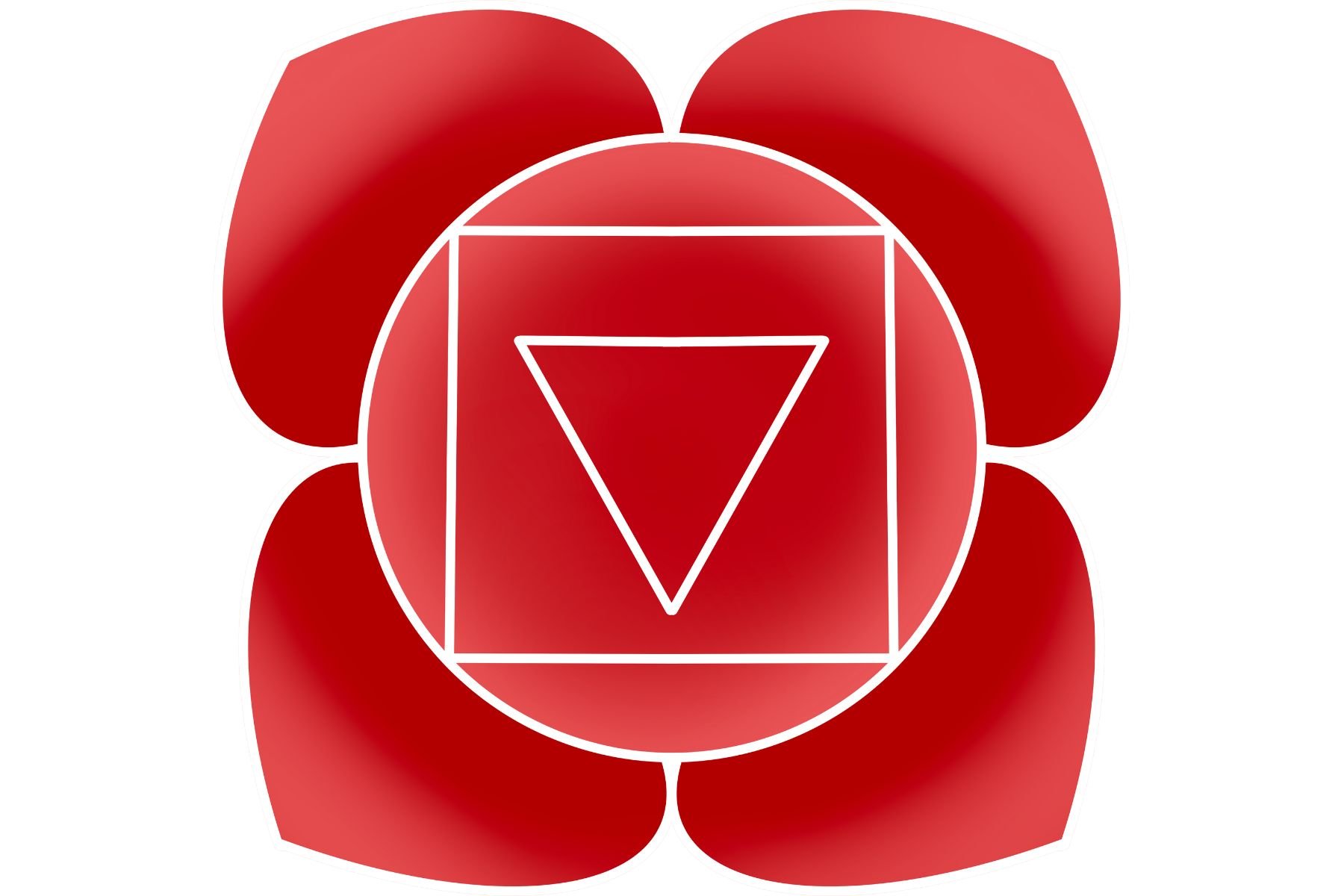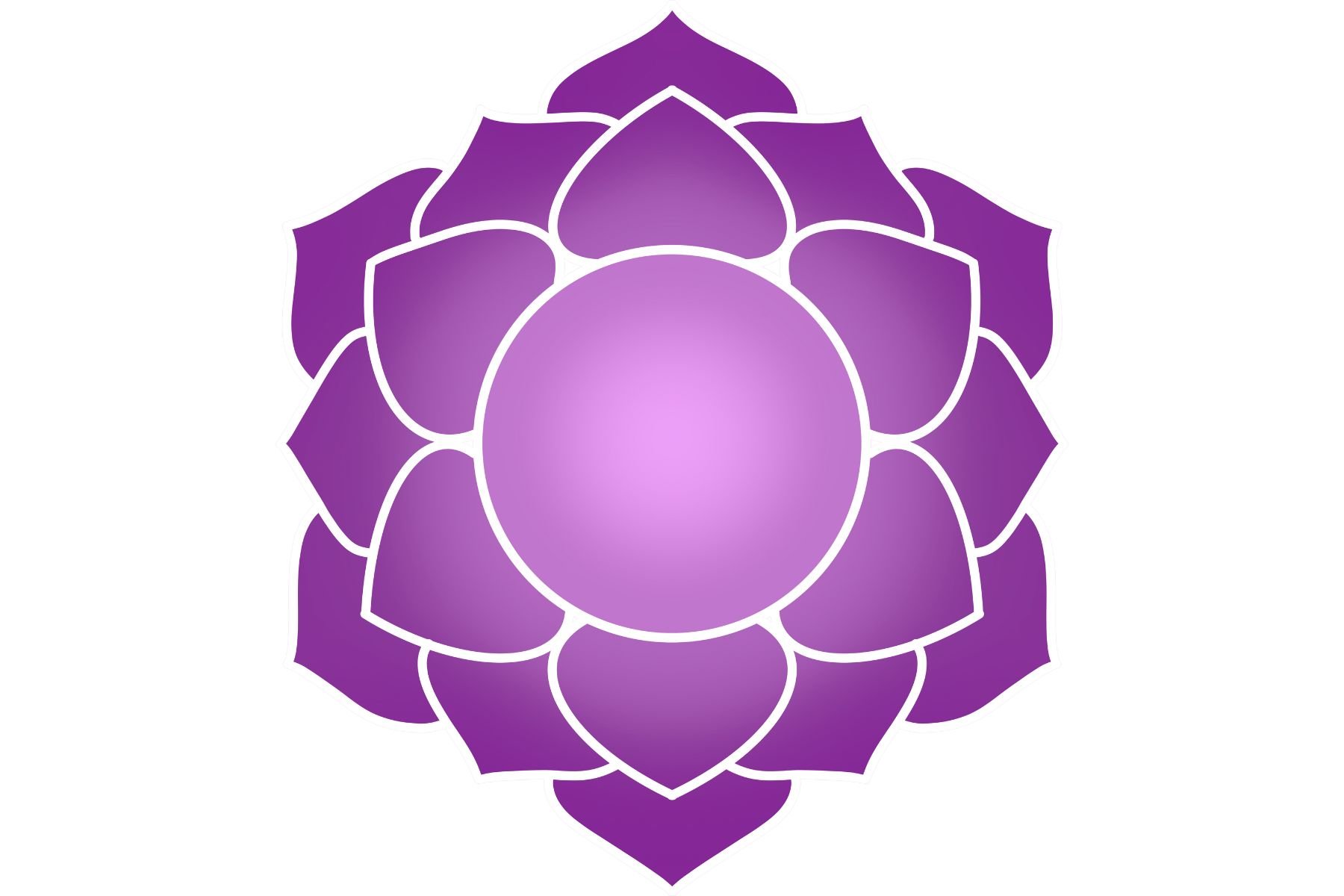
Quantum Gateways
Energy Healing and Hypnosis, Readings, Subconscious Reprogramming, Coaching and more
What are the seven chakras?
The origin of the seven chakra system can be traced back to ancient Indian spiritual and philosophical traditions. The earliest mentions of the chakras can be found in ancient Indian texts such as the Vedas.
The seven chakras are spinning energy centers aligned along the spine beginning at the base of your spine going up to the crown.
The seven chakras influence various aspects of our physical and emotional wellness, as well as our spiritual growth. As we walk the human path, the chakas can become imbalanced which ultimately leads to a variety of manifestations in the phyical, emotional, and spiritual realm. Imbalances can manifest as overactivity or underactivity. An overactive chakra occurs when excessive energy is being channeled through a particular energy center which could lead to exaggerated characteristics associated with that chakra. When the chakra is underactive, there deficiency of energy flow through a specific energy center. This state could lead to a lack of qualities associated with a particular chakra. As we balancing these energy centers we experience a more harmonious and holistic sense of well-being.
Chakra balancing should be part of daily practice, not just a one time of a deal scenario. Keep your focus on all the chakras as they all work in sync. What happens with one chakra has an affect of another chakra.
Interested in learning more about Chakra Readings, Clearnings and Balancing? Visit this page to learn more.
About the First Chakra: “Root” Muladhara Chakra
Sanskrit Name: मूलाधार (Mūlādhāra)
Location: Base of the spine
The Muladhara chakra serves as our foundational support, representing stability, security, survival instincts and our fundamental needs. When this chakra falls out of balance, feelings of fear, anxiety, and disconnection from the world may arise.
Associated Color: Red
Balanced Chakra Signs: Feelings of safety, stability, and vitality.
Signs of an Unbalanced Root Chakra:
Overactive: Materialism, greed, excessive attachment to possessions, obsession with security.
Underactive: Lack of focus or discipline, disconnection from the body, feeling ungrounded, financial instability.
Balancing Techniques:
Stones and Crystals: Red and black such as red jasper, hematite, smoky quartz, black tourmaline.
Color Therapy: Surround yourself with or visualize the color red
Sound Frequency: Chant "LAM" to resonate with the root chakra
Essential Oils: Cedarwood, patchouli, frankincense
Herbs: Ginger, dandelion root
Yoga: Grounding poses like the Mountain Pose, focus on lower body and legs
Nature Connection: Spend time in nature, walk barefoot on the earth or on natural surfaces
About the Second Chakra: “Sacral” Svadhisthana Chakra
Sanskrit Name: स्वाधिष्ठान (Swādhiṣṭhāna)
Location: Below the navel, in the lower abdomen
The Svadhisthana chakra is the center of creativity, passion, sexuality, pleasure and emotional equilibrium.
Associated Color: Orange
Balanced Chakra Signs: Emotional well-being, creative flow
Overactive: Overindulgence in pleasures, addiction, emotional dependency, overly intense emotions.
Underactive: Low suppressed creativity, emotional numbness, fear of pleasure or intimacy, lack of passion, diminished self-worth, difficulty forming and maintaining intimate connections
Balancing Techniques:
Crystals: Carnelian, orange calcite, moonstone
Color Therapy: Surround yourself with or visualize the color orange in your abdomen
Sound Frequency: Chant "VAM" to resonate with the sacral chakra
Essential Oils: Ylang ylang, orange, sandalwood
Herbs: Damiana, fennel
Yoga: Hip-opening poses like Butterfly Pose
Creative Expression: Engage in artistic activities such as painting, dancing, or playing musical instruments
About the Third Chakra: Solar Plexus or Manipura Chakra
Sanskrit Name: मणिपूर (Maṇipūra)
Location: Upper abdomen, near the diaphragm
The Manipura chakra is the seat of self-assurance, confidence and personal empowerment, as well as inner strength and willpower.
Color: Yellow
Balanced Chakra Signs: Strong self-esteem, confident decision-making
Signs of an Unbalanced Solar Plexus Chakra:
Overactive: Excessive need for control and controlling behavior, perfectionism, dominating others, arrogance.
Underactive: Low self-esteem, lack of confidence, indecisiveness, feeling powerless, struggles with self-identity
Balancing Techniques:
Stones and Crystals: citrine, yellow tiger's eye, amber
Color Therapy: Surround yourself with or visualize the color yellow in your upper abdomen
Sound Frequency: Chant "RAM" to resonate with the solar plexus chakra
Essential Oils: Lemon, grapefruit, juniper
Herbs: Chamomile, ginger, mint
Yoga: Core-strengthening poses like Boat Pose
Affirmations: Repeat positive affirmations to boost self-confidence
Cultivate activities that boost self-confidence and independence
About the Fourth Chakra: “Heart” or Anahata Chakra
Sanskrit Name: अनाहत (Anāhata)
Location: Center of the chest, heart level
The Anahata chakra embodies love, compassion, emotional healing and relationships with self and others. An imbalanced heart chakra can lead to issues of trust, envy, and difficulty forming meaningful connections.
Color: Green and Pink
Balanced Chakra Signs: Openness to giving and receiving love
Overactive: Over-empathizing, self-sacrificing, smothering possessive relationships, overbearing love, seeking validation through others.
Underactive: Difficulty forming connections, inability to express love, lack of empathy, difficulty forgiving oneself and others, feelings of isolation and loneliness, jealousy
Balancing Techniques:
Crystals: Rose quartz, green aventurine, rhodonite
Color Therapy: Surround yourself with or visualize green or pink allowing it to radiate from your heart center
Sound Frequency: Chant "YAM" to resonate with the heart chakra
Essential Oils: Rose, bergamot, lavender
Herbs: Hawthorn, rose, basil
Yoga: Heart-opening poses like Cobra Pose
Practice acts of kindness and compassion towards yourself and others
About the Fifth Chakra: “Throat” or Vishuddha Chakra
Sanskrit Name: विशुद्ध (Viśuddha)
Location: Throat region
The Vishuddha chakra governs communication, self-expression, and authenticity.
Color: Blue
Balanced Chakra Signs: Clear and honest communication
Overactive: Talking excessively, dominating conversations, not listening to others, being too vocal with opinions.
Underactive: Difficulty expressing thoughts, and emotions, fear of public speaking, feeling unheard, fear of judgment.
Balancing Techniques:
Crystals: Sodalite, blue lace agate, aquamarine
Color Therapy: Surround yourself with or visualize the color blue glowing in your throat area
Sound Frequency: Chant "HAM" to resonate with the throat chakra
Essential Oils: Eucalyptus, chamomile, tea tree
Herbs: Slippery elm, sage, licorice root
Yoga: Poses that open the throat area, like Matsyasana (Fish Pose)
Mindful Listening: Practice active and compassionate listening
Practice open and honest self-expression through writing or speaking
Engage in singing, chanting, or vocal exercises
About the Sixth Chakra: “Third Eye” or Ajna Chakra
Sanskrit Name: आज्ञा (Ājñā)
Location: Between the eyebrows, on the forehead
The Ajna chakra signifies intuition, insight, inner wisdom and spiritual awareness. Imbalances might lead to confusion, indecision, and a lack of connection to one's inner guidance.
Color: Indigo
Balanced Chakra Signs: Clear perception, strong intuition
Overactive: Overanalyzing, overreliance on intuition, excessive daydreaming, detachment from reality, escapism, frequent psychic experiences.
Underactive: Lack of or intuition, difficulty making decisions, feeling disconnected from inner wisdom or intuition, lack of clarity, difficulty trusting intuition, difficulty concentrating
Balancing Techniques:
Stones and Crystals: Amethyst, lapis lazuli, sodalite
Color Therapy: Surround yourself with or visualize the color indigo at your third eye
Sound Frequency: Chant "OM" or "AUM" to resonate with the third eye chakra
Essential Oils: Lavender, frankincense, clary sage
Herbs: Mugwort, gotu kola, ginkgo biloba
Yoga: Poses that engage the forehead area, like Balasana (Child's Pose)
Meditation: Focus on the space between the eyebrows
Embrace meditation and mindfulness practices
Cultivate trust in your inner wisdom and intuition
About the Seventh Chakra: “Crown” or Sahasrara Chakra
Sanskrit Name: सहस्रार (Sahasrāra)
Location: Top of the head, crown area
The Sahasrara chakra symbolizes spiritual connection, enlightenment, and universal consciousness. An imbalanced crown chakra might lead to feelings of disconnection, skepticism, and a lack of purpose.
Color: Violet or White
Balanced Chakra Signs: Deep spiritual connection, sense of purpose
Overactive: Disconnected from reality, spiritual escapism, obsession with higher realms.
Underactive: Lack of purpose and inspiration, feeling spiritually disconnected, skepticism about higher truths, closed-mindedness
Balancing Techniques:
Stones and Crystals: Amethyst, clear quartz, selenite, howlite
Color Therapy: Surround yourself with or visualize violet or white at the crown of your head
Sound Frequency: Chant "NG" or "OM" to resonate with the crown chakra
Essential Oils: Frankincense, myrrh, lotus
Herbs: Lavender, lotus, sage
Practice mindfulness and connection with the universe
Engage in deep meditation and contemplation
Foster a profound connection with nature







